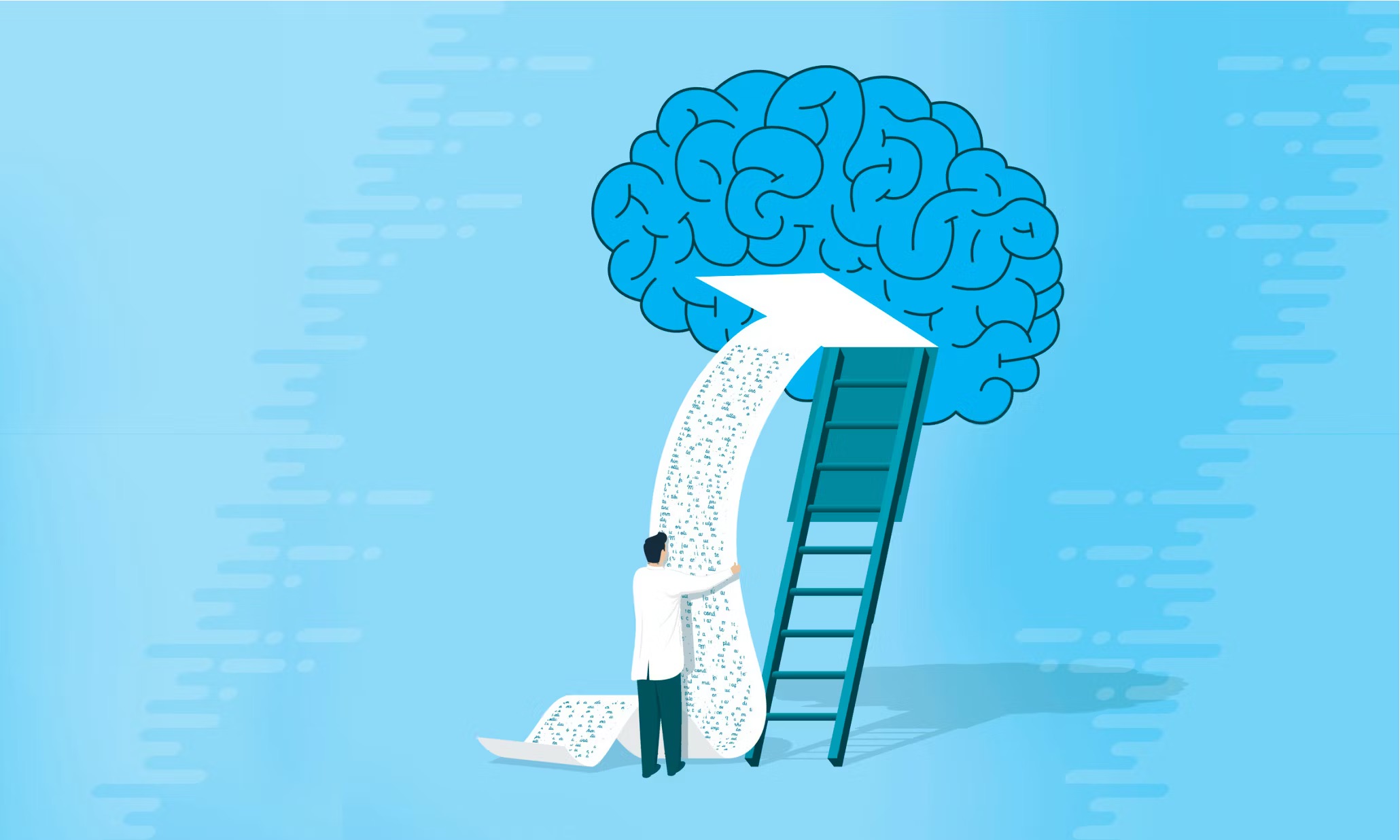- Published on
Attention Part 1

Table of Contents
- Dichotic Listening
- Early Selection Hypothesis
- Late Selection Hypothesis
- Broadbent’s Early Filter Model
- The Attenuation Model (Treisman)
Dichotic Listening
- Overview: Dichotic listening is a psychological test commonly used to investigate selective attention within the auditory system and describes a scenario in which two different auditory streams are presented to a participant simultaneously, one in each ear, but the instruction is to attend to only one of them.
- Unattended Messages: Participants typically recall little to no information about the content of the unattended message. However, they might remember some low-level characteristics such as the gender of the speaker, the tone of voice, or if there was a change in the language or tone.
Early Selection Hypothesis
- Concept: This hypothesis posits that attention operates as a selective filter at an early stage of processing, meaning that only information from the attended message is fully processed for meaning.
- Unattended information is discarded at an early stage, based mostly on physical characteristics.
Late Selection Hypothesis
- Concept: This theory argues against early selection by suggesting that all information in the environment is processed for meaning, not just the attended stimuli.
- Only when it comes to the stage of responding or conscious awareness is the unattended information omitted.
Broadbent’s Early Filter Model

- Selection is based on physical characteristics of information.
- Only chosen data proceeds to advanced stages for deeper processing.
- Information not selected is entirely blocked, very early in the process, even before perception.
Issues with Early Selection
- Cocktail Party Effect: An interesting phenomenon often discussed in the context of dichotic listening is the "cocktail party effect," where someone might unexpectedly detect their name or some other personally relevant information from the unattended channel, suggesting that some level of processing occurs even for ignored stimuli.
The Attenuation Model (Treisman)

- Proposes that rather than completely eliminating unattended information early in the processing stage, the model attenuates, or diminishes, its strength.
- Unattended inputs aren't entirely blocked but instead receive less priority compared to attended messages.
- An attenuator’s role in this model is to attenuate the information from the unattended channel into the process such that it is able to be attended to if needed.
- These weakened messages continue through the information processing stages, albeit at a reduced intensity, allowing for the potential recognition of pertinent information, like hearing one's name in a crowded room.
- This model suggests a more fluid, adaptable attention mechanism, rather than an all-or-nothing filter.
- Authors

- Name
- Apurva Shah
- Website
- apurvashah.org